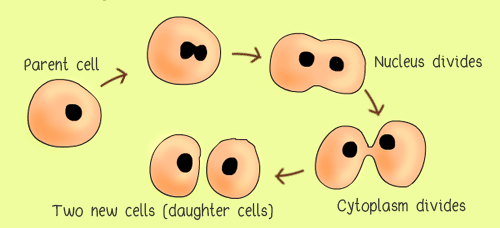In the education as well as our society, there is a huge importance of science and its various branches. The Biology is the branch that deals with human body and its internal system. The reproductive system is also an important part of the body, and in the biology, one can learn about it in chapter 1 of the book only.

The CBSE Class 12 BiologyChapter 1deals with “Reproduction in Organisms” and it broadly encompasses the following topics:
- Asexual Reproduction that includes various organs of the reproductive system and their function in detail
- Sexual Reproduction: a) Pre-fertilization events: i) Gametogenesis, ii) Gamete Transfer
- Fertilization: It deals with the ovulation and till the fertilization of egg that converts into an embryo
- Post-fertilization events: i) The Zygote, ii) Embryogenesis
NCERT has also brought out solution paper for the chapters which have both short and long questions. One who wants to score well in this section can check these papers and prepare well. The solution book helps the student to be through with the chapters and also to make them ready for the questions that can be asked. The following questions are asked in the solution books:
Short Questions:
- Why is reproduction essential for living organisms?
- Which is the better mode of reproduction? Sexual reproduction of asexual reproduction?
- Why is the offspring born from an asexual reproduction is known as a clone?
- Why is the offspring born from a sexual reproduction has better chances of survival? Explain.
- How the progeny is formed
- Does the same differ from sexual reproduction?
- Distinguish between sexual and asexual reproduction.
Exemplar Questions:
- What is avegetative reproduction? Give two examples.
- The Higher organism has resorted to sexual reproduction in spite of its complexity. Explain.
- Explain with reasons why meiosis and gametogenesis are always interlinked?
- Identify the main parts of a flowering plant and mark whether it is haploid or diploid.
- Define external fertilization and mention its disadvantages.
- Differentiate between a zoospore and a zygote along with diagrams.
- Differentiate between gametogenesis and embryogenesis.
- Describe the post-fertilization changes that occur in flower.
- Why is the offspring of oviparous animals at a greater risk than the offspring of viviparous animals? Explain.
Practical Questions:
- What is a bisexual flower? Collect five examples of the same from your neighborhood and find their common and scientific names.
- Examine a few flowers of a cucurbit plant and try to differentiate the staminate and the pistillate flowers. Also, do you know why other plants bear unisexual flower?
These are a few questions that you can solve and which might help you in the plus two board exams. The NCERT book also provides you with the correct solutions along with diagrams. If you have read the chapter thoroughly, attempt the question in the solution book and see how many can you answer correctly. Practice makes a man perfect, and with the help of NCERT solutions for Class 12 Reproduction in Organisms, you might reach really close to perfection. However, thorough study and clear conepts are very important for it.



